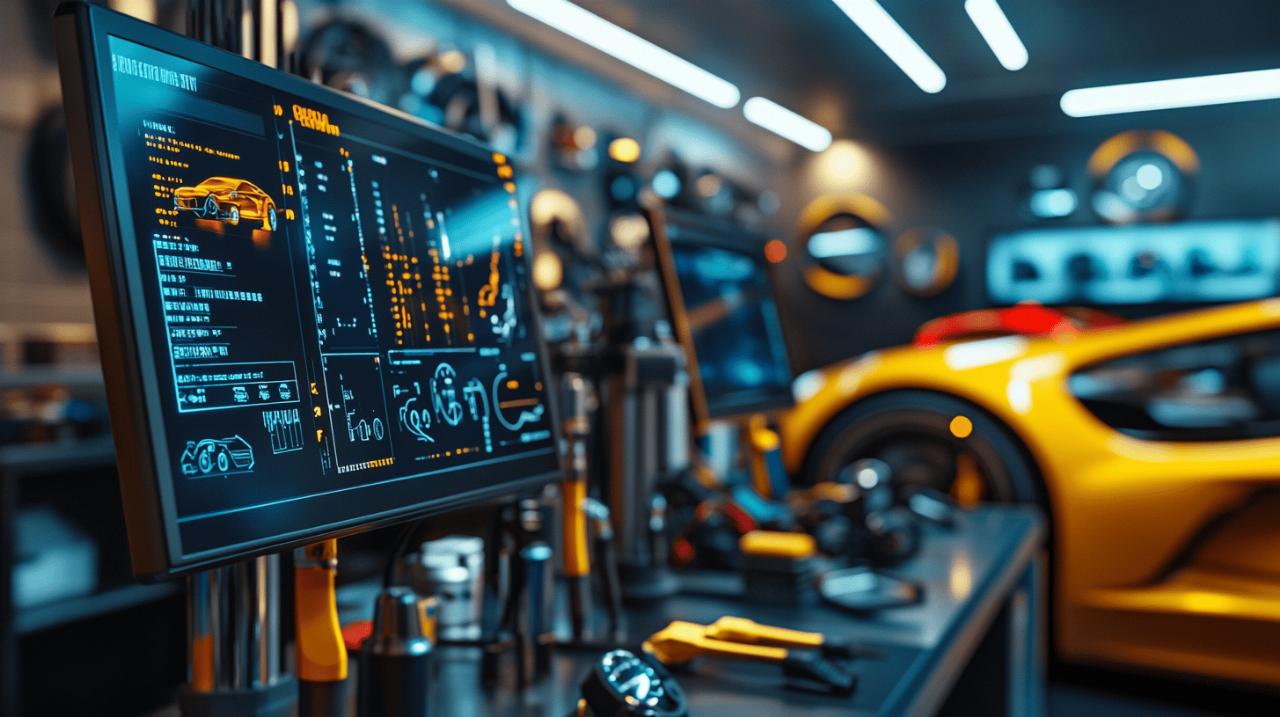When it comes to keeping your vehicle in top condition, understanding diagnostic tools is essential for both professional mechanics and hobbyist drivers. Modern vehicles are sophisticated machines with complex electronic systems that require specialised equipment to identify and resolve issues effectively. This article explores the fundamental aspects of diagnostic tools for both cars and motorcycles, providing valuable insights into how these devices work and which ones might be right for your needs.
Core principles of automotive diagnostic equipment
Diagnostic tools serve as the critical interface between a vehicle's electronic brain and the mechanic or owner trying to understand what's happening under the bonnet. Auto Fath and other professional suppliers recognise that these tools function essentially as a stethoscope for vehicle electronics, allowing users to listen to the internal communication of a vehicle's systems. The relationship between these tools and your vehicle is fundamental to modern automotive maintenance and repair.
How vehicle computers communicate with diagnostic tools
Modern vehicles contain numerous electronic control units (ECUs) – up to 150 in some advanced models – that manage everything from engine performance to climate control. These computers constantly monitor various aspects of the vehicle's operation and store information about any anomalies detected. Diagnostic tools connect to these systems, typically through an On-Board Diagnostics (OBD) port, allowing access to this valuable data.
When connected, the diagnostic tool initiates a digital conversation with the vehicle's computers, requesting stored information about fault codes, sensor readings, and system performance. This two-way communication enables technicians to retrieve specific fault codes that indicate particular issues, much like how a doctor might interpret symptoms to diagnose an illness. The tool decodes these messages into readable information that helps identify the root cause of problems.
Key diagnostic protocols every motorist should know
Understanding the basic diagnostic protocols can help any vehicle owner make informed decisions about maintenance. The most widely used standard today is OBD2 (On-Board Diagnostics, version 2), which became mandatory for petrol vehicles in Europe from 1st January 2001 and for diesel vehicles from 2004. This standardisation was a significant development, as it created a universal language for vehicle diagnostics across different manufacturers.
For owners of older vehicles, it's worth noting that pre-2001 models might use the earlier OBD1 system or proprietary protocols specific to their manufacturer. These older systems typically require specialised scanners designed for particular makes or models. Understanding which protocol your vehicle uses is the first step in selecting the appropriate diagnostic equipment.
Practical diagnostic tools for different vehicle types
 The market offers a wide range of diagnostic tools, from simple code readers to sophisticated scanners with advanced capabilities. The right choice depends on your specific needs, technical knowledge, and the type of vehicle you own. Professional workshops typically invest in comprehensive systems that can handle multiple vehicle types, while individual owners might prefer more straightforward, targeted solutions.
The market offers a wide range of diagnostic tools, from simple code readers to sophisticated scanners with advanced capabilities. The right choice depends on your specific needs, technical knowledge, and the type of vehicle you own. Professional workshops typically invest in comprehensive systems that can handle multiple vehicle types, while individual owners might prefer more straightforward, targeted solutions.
Car-specific diagnostic systems and their capabilities
Car diagnostic tools vary significantly in their functionality and complexity. Basic code readers simply display fault codes, requiring the user to research what each code means. More advanced OBD2 scanners not only read and clear codes but also display real-time data from various sensors and systems. Professional-grade scanners like the Launch X431 Pro 3 offer comprehensive features including bi-directional control, allowing technicians to not just read information but also send commands to test specific components.
Beyond standard OBD tools, specialised diagnostic equipment addresses specific vehicle systems. Tyre Pressure Monitoring Systems (TPMS) tools help diagnose and reset tyre sensors. Battery testers assess the health and charging capability of your vehicle's electrical system. Fuel pressure gauges are crucial for diagnosing fuel delivery issues, especially in modern diesel engines where pressures can reach an astounding 29,000 PSI (2,000 BAR). These specialised tools complement general diagnostic scanners, providing a more complete picture of vehicle health.
Motorcycle diagnostic equipment: Similarities and differences
While cars and motorcycles share many technological principles, diagnostic approaches for motorcycles often reflect their unique designs and systems. Many modern motorcycles also feature OBD capabilities, though the physical connector and access point may differ from cars. The diagnostic systems for motorcycles tend to be more specialised, often requiring brand-specific tools for full functionality.
Motorcycle diagnostic equipment generally focuses on engine management, ABS systems, and electronic rider aids. Due to space constraints and simpler electrical systems in many bikes, the diagnostic process can sometimes be more straightforward than with cars. However, high-performance and touring motorcycles increasingly incorporate sophisticated electronics that rival those found in cars, requiring equally advanced diagnostic capabilities.
For motorcycle enthusiasts, portable diagnostic tools offer particular advantages, allowing for roadside troubleshooting during longer journeys. Some universal scanners now offer motorcycle-specific software or adaptors, bridging the gap between car and motorcycle diagnostics and providing a versatile solution for those who maintain both types of vehicles.



